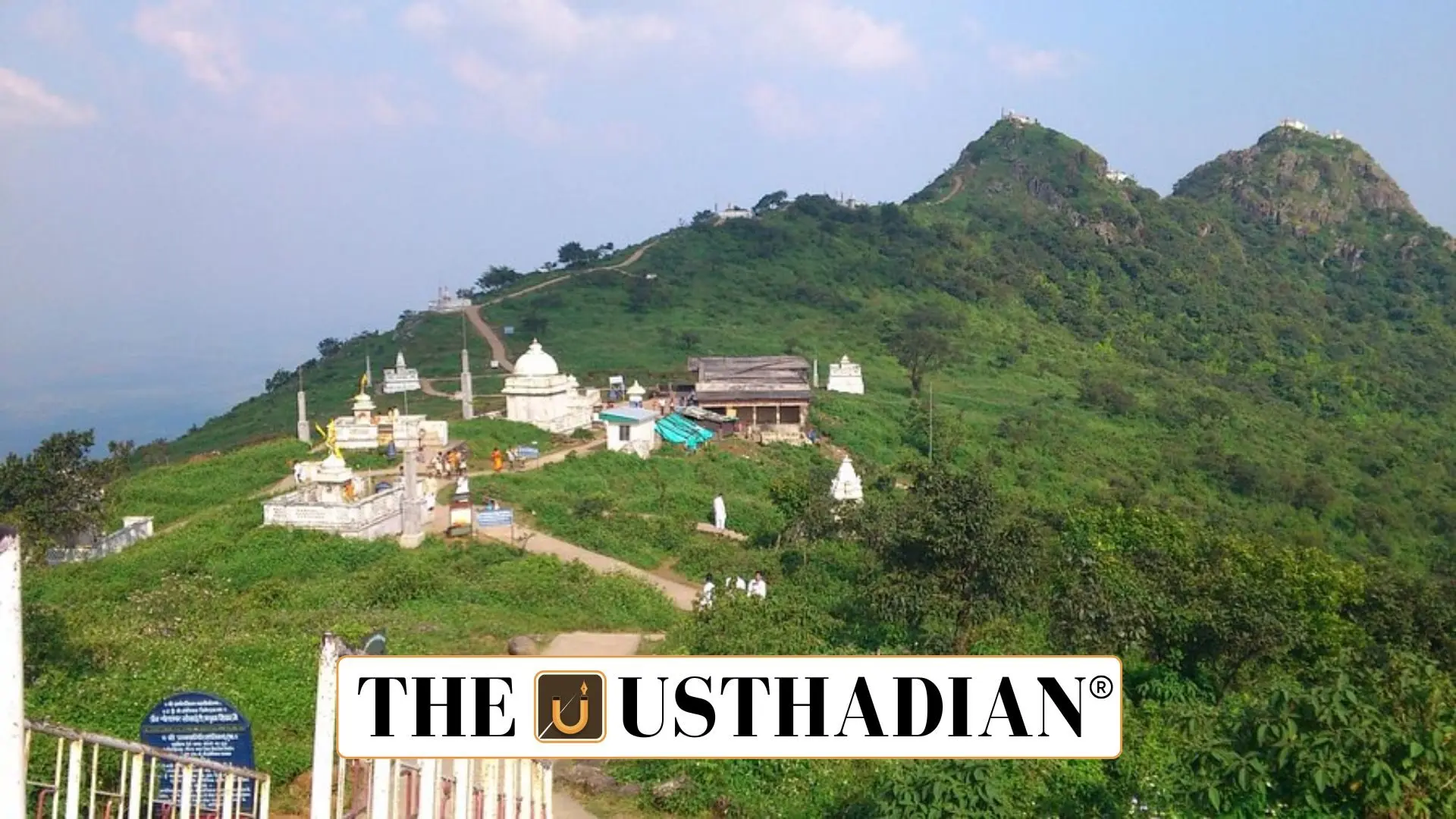A Sacred Hill Divided Between Two Communities
Balancing Adivasi and Jain Traditions on Parasnath Hill: Parasnath Hill, also known as Marang Buru, lies at the heart of a growing conflict in Jharkhand. While it is a sacred pilgrimage site for Jains, it is equally revered by the Santal Adivasi community as the abode of their deity. With both groups laying spiritual claims, this hill has become a cultural flashpoint in recent years.
Jain Pilgrimage and Santal Tradition
The Jains venerate this hill because 20 of their 24 Tirthankaras attained nirvana here. The slopes of Parasnath are dotted with over 40 Jain temples, attracting thousands of pilgrims every year. In contrast, the Santal community views it as the divine seat of Marang Buru, celebrating rituals like the Sendra festival, a traditional hunting event. While Jainism promotes strict vegetarianism, Sendra involves hunting and meat consumption, causing friction between the two communities.
Historical Layers of the Conflict
The hill has been a contested space since British colonial rule, with legal records dating back to 1911 acknowledging Santal rights. Yet, post-Independence India has seen a gradual erosion of those rights. The designation of the area as a sanctuary under the Wildlife Protection Act of 1972 limited Adivasi communities’ access to Marang Buru, their sacred site. Over time, this led to the marginalisation of tribal traditions under the weight of conservation and religious politics.
Court Rulings and Government Bans
The situation escalated in 2023, when the Ministry of Environment banned the sale and consumption of meat and alcohol within a 25 km radius of the hill. The Jharkhand High Court has now reinforced this order, citing environmental and spiritual concerns. This has deepened Santal grievances, as many see the directive as a violation of indigenous rights rather than religious coexistence.
Inter-community Relations and Future Outlook
For decades, the Jain and Santal communities coexisted, each practicing their faiths on the same hill. However, modern legislation and administrative interventions have disrupted this delicate balance. Local Adivasi groups are now mobilising to reclaim their rituals and demand a rethinking of current policies. The situation calls for a more inclusive approach that honours both ecological preservation and cultural plurality.
STATIC GK SNAPSHOT
| Topic | Details |
| Alternate Names | Parasnath Hill / Marang Buru |
| Located in | Giridih district, Jharkhand |
| Jain Significance | 20 Tirthankaras attained nirvana here |
| Adivasi Festival | Sendra (tribal hunting ritual) |
| Legal Restrictions | Wildlife Protection Act 1972, meat ban within 25 km |
| Communities Involved | Jain and Santal Adivasi |
| Court Involvement | Jharkhand High Court ruling – 2024 |
| Government Action | MOEFCC meat/alcohol sale ban – 2023 |
| Historic Rebellion Associated | Santal Hul Rebellion, 1855 |








